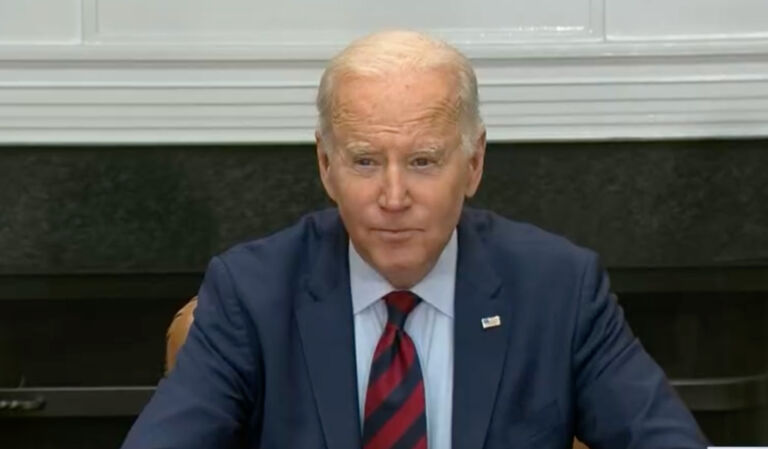The John Locke Foundation has released the latest report in my Carolina Cronyism series. The report, “Power to the People: End SB 3 with its expensive, regressive renewable energy portfolio standard,” takes an in-depth look at the effects of North Carolina’s renewable energy portfolio standard (RPS), which is under debate right now in the N.C. House.
Last week’s newsletter previewed some aspects of the study, especially what the RPS mandate is costing North Carolina and what similar mandates are costing other states. It also looked at the rhetorical obfuscation of an industry-sponsored study trying to give the impression of great job gains thanks to the mandate.
In this newsletter I am going to quote extensively from the section on residential electricity rate increases. After all, the main issue to captive ratepayers is what electricity costs. As I state in the study’s introduction,
Given that ratepayers have no choice in who provides their homes with electricity or from what sources they derive it, the overarching issue for ratepayers, especially poor ratepayers whose household budgets are significantly affected by electricity costs, is what it costs them to turn on the lights. Utilities should be interested in the lowest-cost, most reliable, and most efficient ways of generating electricity. RPS mandates pare away at that process, however, forcing utilities to make state-sanctioned compromises in their electricity bundles and ultimately their rates.
Further on, I discuss the recent history in residential electricity rates and the expected higher rates in the near future:
Double-digit rate hikes on captive ratepayers
Residential electricity prices in North Carolina have been steadily increasing since the turn of the century (see Chart 2). The renewables mandate has done nothing to arrest that process, of course. In October 2012, Progress Energy Carolinas, now a subsidiary of Duke Energy, sought its first electricity rate increase from the N.C. Utilities Commission in a quarter century. The original request from Progress Energy included hiking residential rates by an average of 14.2 percent, which officials said would more accurately reflect the cost of supplying power to residential customers.
Chart 2. Residential electricity prices in NC, 1993-2012

WRAL reported Progress’s rationale for such a large rate increase: that “it would help the company as it transitions to cleaner energy.” In other words, Progress basically admitted that the RPS mandate is driving large rate increases.
Current rate discussions have Progress wanting to raise residential rates by 7 to 8 percent while cutting rates for large industrial customers by 4.2 percent. NC WARN has pointed out, however, that terms of a proposed settlement between Progress Energy and the Public Staff would boost residential rates 10.42 to 10.76 percent.
Duke Energy has also requested rate increases this year, which includes an additional 11.7 percent on residential rates. That request comes a year after Duke received a 7.2 percent rate increase on residential rates. That higher rate was less burdensome than Duke’s original request, which was for a residential rate hike of 17 percent.
Days after H.B. 298 was originally filed, Duke attempted to portray the RPS mandate in a more favorable light, politically, with respect to cost. As reported in The News & Observer, Duke “plans to slash its 22-cent monthly charge to customers, a fee collected in utility bills to cover the cost of renewables” and instead offer “a monthly bill credit of one penny a month” that would, in part, “account for previously overestimated costs of projects that were not built and replaced with cheaper solar farms.”
Consecutive years of requesting double-digit percentage increases in residential rates — which they acknowledge was driven by the RPS mandate — effectively cancels out a penny’s worth of supposed solar savings, however.
Furthermore, the March 2013 “Carolina Regulatory Update” from Resource Supply Management (RSM) reported the following (emphasis added):
On March 6, 2013, Duke Energy filed a petition with the NCUC to adjust the fuel and energy efficiency components of customer bills. The filing proposes no changes in the fuel charge, but the charges related to Demand Side Management (DSM) and Energy Efficiency (EE) programs will increase. The request is separate from, and in addition to, the 9.7% rate hike the utility requested in February. The DSM/EE increases are being justified by the investment in energy efficiency programs such as the Save-A-Watt pilot program. If approved, residential customer charges for DSM/EE will increase by $.002857 per kWh; and non-residential customer charges will increase by $.000387 per kWh. …
Duke is also expected to file a separate petition soon to increase rates relative to renewable energy investments required to comply with state law.
Money being fungible, Duke’s many rate-hike requests might be separate, but to captive ratepayers, the effect of higher prices will be just as burdensome.
“Push energy prices up and everybody suffers. When energy costs too much, industry lays people off, or just leaves,” wrote Roy Innis in his book Energy Keepers, Energy Killers: The New Civil Rights Battle. He went on to say, “Who gets hurt first? The poor and disadvantaged.”
It’s a cost this newsletter has highlighted more than once, and it’s the ugly underbelly of North Carolina’s RPS.
Click here for the Rights & Regulation Update archive.


